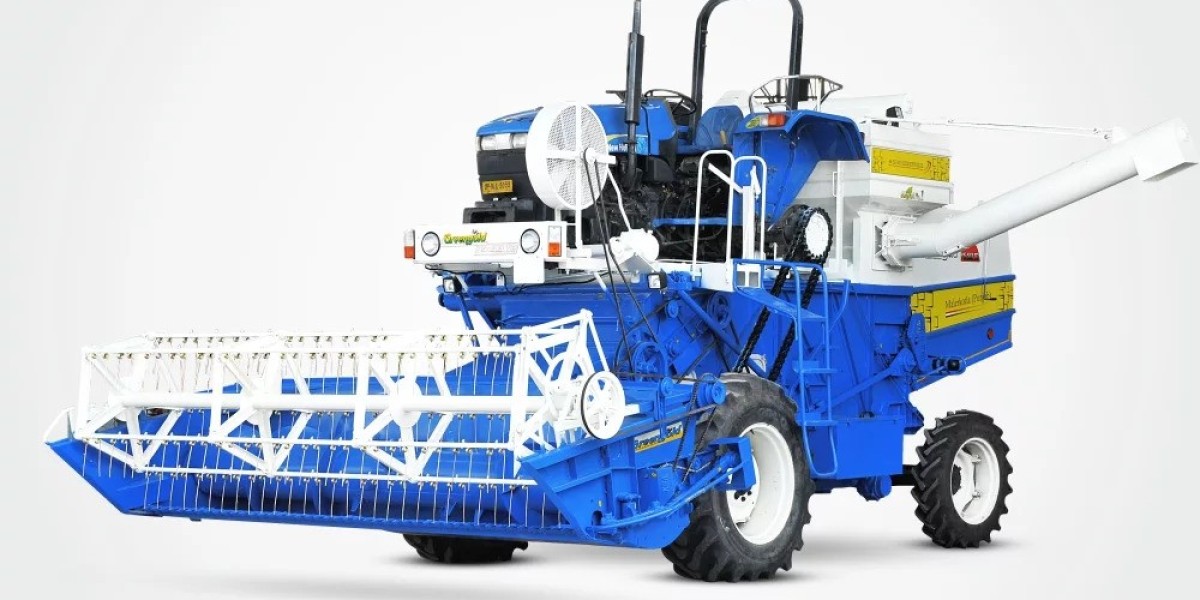As India's urban population continues to grow at an unprecedented rate, the need for sustainable and innovative solutions to feed its cities has become increasingly pressing. Traditional farming methods are facing significant challenges, from soil degradation to water scarcity, and the reliance on rural farming hubs is no longer viable. This is where vertical farming comes in – a game-changing approach that's taking root in urban India.
What is Vertical Farming?
Vertical farming, also known as urban agriculture or indoor farming, involves growing crops in vertically stacked layers, often within an indoor or controlled environment. This method uses advanced hydroponics, aeroponics, or other soilless cultivation techniques to optimize space, water, and nutrient usage.
Benefits of Vertical Farming in Urban India
The advantages of vertical farming in urban India are numerous:
Year-round production: Regardless of season or weather, vertical farms can produce crops 365 days a year.
Water conservation: Up to 90% less water is used compared to traditional farming methods.
Increased yield: Vertical farming can increase crop yields by up to 30%.
Reduced land use: Ideal for space-constrained urban areas.
Improved crop quality: Climate-controlled environments minimize pests and diseases.
Job creation: Vertical farms can provide employment opportunities in urban areas.
Challenges and Opportunities
While vertical farming presents numerous benefits, there are challenges to overcome:
High initial investment: Setting up a vertical farm requires significant upfront costs.
Energy consumption: Climate control and lighting systems require substantial energy.
Limited crop selection: Not all crops are suitable for vertical farming.
However, these challenges also present opportunities for innovation and growth:
Renewable energy integration: Using solar or wind power to reduce energy costs.
Crop diversification: Experimenting with new, vertically farm-friendly crops.
Public-private partnerships: Collaborative investments in urban agriculture infrastructure.
Success Stories in Urban India
Several Indian cities are already embracing vertical farming:
Bengaluru's GreenThumb: A pioneering vertical farm using hydroponics to grow leafy greens and herbs.
Mumbai's Bowery Farm: An indoor farm utilizing aeroponics to produce a wide range of crops.
Example: Farm-to-Table in Pune
In Pune, Maharashtra, a local restaurant, The Green Kitchen, partnered with a vertical farm to create a farm-to-table experience. The farm, using a combination of hydroponics and LED lighting, supplies the restaurant with fresh produce daily. This collaboration not only ensures the restaurant's customers enjoy nutritious, locally grown food but also supports the local economy.
Technology Integration
Vertical farming can benefit from technologies like:
Tractor Mounted Combine Harvester: Tractor Mounted Combine Harvester is traditionally used in rural farming, these machines can be adapted for urban vertical farming to streamline harvesting processes.
AI-powered monitoring systems: Optimizing climate control, nutrient delivery, and pest management.
IoT-enabled sensors: Real-time monitoring of temperature, humidity, and light levels.
Policy Support and Future Directions
To fully realize the potential of vertical farming in urban India, policy support is crucial:
Urban agriculture policies: Encouraging vertical farming through tax incentives, subsidies, and zoning regulations.
Research and development funding: Supporting innovation in crop selection, hydroponics, and renewable energy integration.
Community engagement: Educating citizens about the benefits of vertical farming and promoting urban agriculture initiatives.
Conclusion
Vertical farming is poised to revolutionize urban India's food landscape, offering a sustainable, efficient, and resilient solution to the challenges of traditional farming. As the Indian government, private sector, and citizens come together to support this innovative approach, the potential for growth and positive change is vast. By embracing vertical farming, India can cultivate a brighter, more food-secure future for its urban population.
The Future of Food in Urban India: Key Takeaways
Vertical farming is a viable solution for urban India's food security challenges.
Innovative technologies, like Tractor Mounted Combine Harvester, can enhance vertical farming efficiency.
Policy support and community engagement are critical for widespread adoption.
Urban agriculture can provide employment opportunities and stimulate local economies.
Collaboration between stakeholders will drive the success of vertical farming in urban India.










